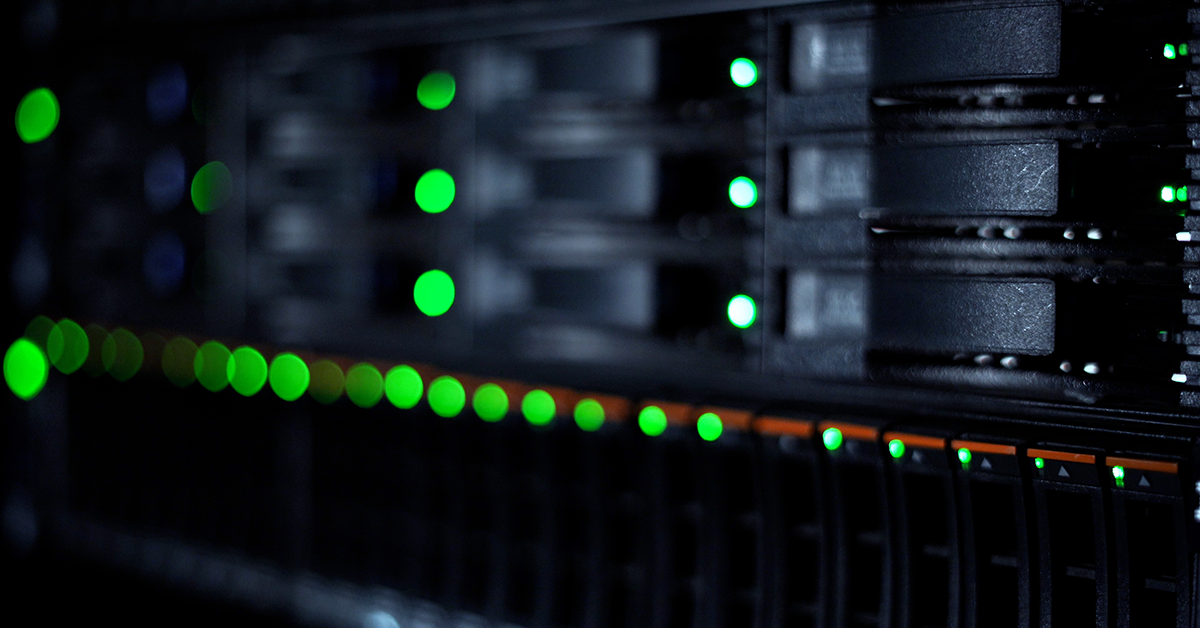The Importance of Securing Mobile Banking With MFA
By Daniel Zinanti, Information Security Analyst, TraceSecurity
In today’s always-connected world, mobile banking is no longer a convenience; it’s a necessity. From checking balances and paying bills to transferring funds and depositing checks, most of us manage our finances on the go, right from our smartphones. But as mobile banking becomes more widespread, so do the threats targeting it.
Cybercriminals are evolving just as quickly as technology, and your mobile banking app can become an entry point to your entire financial life if not properly secured. One of the most effective tools in the fight against cybercrime is Multi-Factor Authentication (MFA). This simple, yet powerful, security measure can mean the difference between a protected account and a drained one. In this article, we’ll explore what MFA is, why it’s crucial for mobile banking, and how to make the most of it.
What Is MFA, Exactly?
Multi-factor authentication (MFA) is a security process that requires users to present two or more forms of verification to gain access to an account. These factors fall into three broad categories:
- Something You Know: a password, PIN, or answer to a security question.
- Something You Have: a smartphone, hardware token, or smart card.
- Something You Are: biometrics like a fingerprint, facial recognition, or voice scan.
When MFA is enabled, logging in to your mobile banking app doesn’t just involve entering a username and password. It also involves an extra step, such as entering a code sent to your device or confirming your identity through biometrics.
Why Mobile Banking Needs Extra Protection
Think about what your mobile banking app really contains. It’s more than just a digital checkbook. It has access to:
- Your entire transaction history
- Linked debit or credit cards
- Loan accounts and personal financial details
- Contact information, addresses, and more
Mobile banking apps are a goldmine for attackers, especially as more people go "password-only" for convenience. But passwords alone are notoriously weak. A staggering number of people reuse passwords across multiple accounts, and even strong passwords can be compromised through phishing, brute-force attacks, or data breaches. MFA adds an essential barrier that makes it significantly harder for attackers to succeed, even if your password has been stolen.
Real-World Threats to Mobile Banking
Cyberthreats targeting mobile users are not just hypothetical. Consider the following:
- Phishing Attacks: Fake emails or text messages can lure users into entering their login credentials on spoofed websites.
- Malware: Mobile malware, such as banking trojans, can intercept communications, steal credentials, or create fake overlays to trick users into giving up sensitive data.
- SIM Swapping: Attackers trick or bribe mobile carriers into transferring your phone number to a new SIM card under their control, allowing them to receive SMS-based verification codes.
- Public Wi-Fi Snooping: Hackers can intercept unencrypted data over public networks, potentially exposing login information.
MFA helps neutralize many of these threats by ensuring that even if an attacker gets your password, they still can’t access your account without that second factor.
The Best MFA Methods for Mobile Banking
Not all MFA methods are created equal. Here’s a quick rundown of common options, ranked from weakest to strongest:
1. SMS Codes: Better than nothing, but vulnerable to SIM swapping and interception.
2. Email Codes: Slightly more secure, but if your email account is compromised, so is your bank.
3. Authenticator Apps (e.g., Google Authenticator, Authy): Time-based one-time passwords (TOTPs) that refresh every 30 seconds and aren’t tied to your phone number.
4. Push Notifications (e.g., via Duo or Microsoft Authenticator): Require user interaction and are harder to spoof.
5. Biometric Authentication (Fingerprint, Face ID): Fast, convenient, and highly secure, especially when used in tandem with other factors.
Most modern banks now support at least one of these options. Some even allow you to customize your preferred method. If your bank doesn’t support a strong MFA, consider letting them know or switching to one that does.
Implementing MFA: A Quick Guide
Enabling MFA on your mobile banking app typically takes just a few minutes. Here’s a general process:
- Log in to your bank’s app or website.
- Navigate to Security or Account Settings.
- Select Multi-Factor Authentication or Two-Step Verification.
- Choose your preferred method (SMS, app-based, push, biometric).
- Follow the on-screen instructions to verify your setup.
Make sure to store backup codes or recovery options in a secure location in case you lose access to your second factor.
Final Thoughts: Convenience Shouldn’t Take Priority Over Security
Yes, security can sometimes feel like a hassle, especially when you’re just trying to check your balance while waiting in line at the store. But consider the alternative: identity theft, unauthorized transactions, drained accounts, and hours of cleanup. The minor inconvenience of MFA is worth the major protection it offers.
As threats continue to grow more sophisticated, enabling MFA is not just a best practice; it’s a necessity. So, the next time you log in to your mobile banking app, ask yourself: Is one password really enough to protect everything you’ve worked so hard for? If the answer is no, it’s time to activate MFA and breathe a little easier.
Connect with TraceSecurity to learn more.


